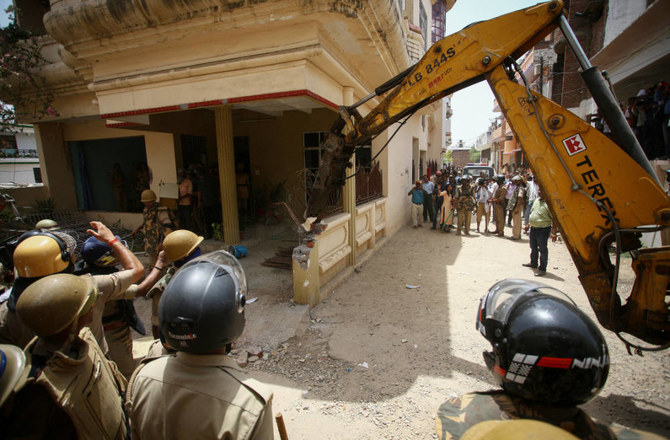Understanding Communal Tension in India: A Deep Dive
Introduction
In the complex landscape of Indian politics, communal tension has been a recurrent issue, often sparking heated debates and discussions. This article aims to dissect various perspectives surrounding this matter, shedding light on the nuances often overlooked in mainstream discourse.
The BJP and Communal Tension
Over the past decade, the Bharatiya Janata Party (BJP) has been a central figure in discussions regarding communal tension in India. Critics frequently highlight a perceived increase in such tensions during the BJP's tenure, prompting concerns and criticisms from various quarters.
Opposition's Narrative vs. BJP's Defense
Opposition parties often paint the BJP as fostering a climate of communalism, while BJP leaders vehemently deny such accusations, attributing them to political propaganda. The debate intensifies as each side presents contrasting narratives, backed by their respective ideologies and agendas.
Minority Voices and Pro-BJP Sentiments
Interestingly, amidst the discourse, voices from minority communities who support the BJP emerge, challenging the conventional narrative. This phenomenon adds a layer of complexity, raising questions about the diversity of opinions within minority groups and their relationship with the ruling party.
Echo Chambers and Social Media Influence
A crucial aspect contributing to the amplification of communal tensions is the phenomenon of echo chambers in social media. These digital spaces reinforce existing beliefs, creating polarization and exacerbating societal divisions. The algorithmic nature of social media platforms further fuels this cycle, perpetuating biases and limiting exposure to diverse perspectives.
Perception vs. Reality
Amidst the cacophony of voices, distinguishing perception from reality becomes increasingly challenging. While social media may magnify instances of conflict and persecution, it often overlooks instances of harmony and coexistence, painting an incomplete picture of ground realities.
Inviting Dialogue and Understanding
In the pursuit of fostering dialogue and understanding, it is imperative to engage with voices from all sides of the spectrum. By inviting prominent figures representing diverse viewpoints, such as Rana Ayyub and Faye D'Souza, onto platforms for open discussions, we can gain deeper insights into the multifaceted nature of communal tensions in India.
Conclusion
Navigating the complex terrain of communal tensions requires a nuanced understanding of the myriad factors at play. By transcending echo chambers, embracing diversity of opinion, and fostering meaningful dialogue, we can strive towards a more inclusive and harmonious society.
In conclusion, the article delves into the intricate dynamics surrounding communal tension in India, emphasizing the need for dialogue and understanding amidst differing viewpoints




.png)





0 Comments